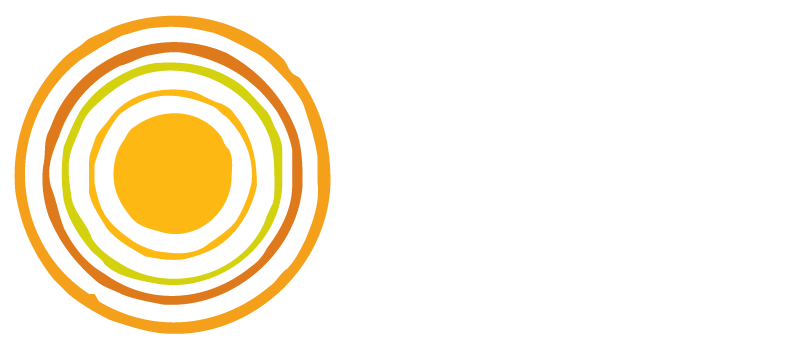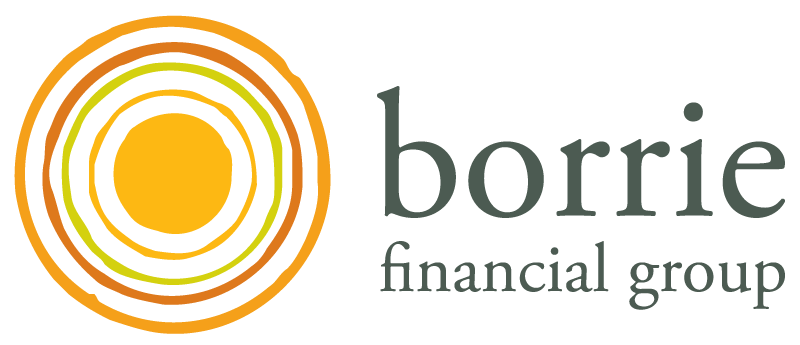
30 Mar 6 ways to end the financial year right
If you have a 31st March balance date, end of financial year is just around the corner for you. Preparing for end of financial year can really take the hassle out of your end of year accounting and tax returns, but even more important can help you kick start your business success for the New Financial Year.
This is the time to get your business in order, dream and set goals and implement strategies to achieve your business success for 2023.
Firstly, get your house (records) in order.
The easiest time to prepare this information for your accountant is now. Much of the information you require will be sent out to you over the next few weeks, or will be easily accessible right now.
Save time, boost efficiency and start your end of year folder now. Whether the folder is electronic, on your computer or an old fashioned manilla folder doesn’t matter.
Remember, IRD requires that this information must be stored for seven years. This is your responsibility so make sure you retain a copy for your records. Do not give your accountant originals.
1 Print out or make a list of your accounts receivable or debtors ledger ( these are the invoices your customers haven’t paid yet)
- Is the report correct? – check to make sure your sales aren’t overstated by invoices entered twice, and payments have been recorded Recording sales twice will over state your income and increase your tax.
- Are there aged balances going back several years? If they’re not likely to be paid, write them off as bad debts. Paying tax on bad debts is double the insult.
- Slow payers? Chase them up, send them letters, phone them or engage a debt collection agency. Get your money!
- Has everyone been invoiced? The sooner you invoice, the sooner you’ll get paid.
- Make sure cash received is banked by the 31st of March.
Now find out how much you owe to suppliers, admittedly not as rewarding as receiving money but important none the less. Including all of your business expenses invoiced to you by the 31st March will give you an accurate profit indications and reduce your tax payable.
2 Print out, or make a list of your Accounts Payable or Creditors
- Again, check that your report is correct. Look for double entered invoices or payments not showing.
- Compare these balances against the supplier’s statement if they send them out. Make sure your suppliers haven’t overcharged you or missed a payment.
- If you have outstanding invoices, pay them. Keeping up to date with your suppliers will encourage them to give you better service and maybe better pricing. At the least, it will save you the stress of payment reminders.
- If you can’t pay your creditors, address the situation ASAP. Contact them, keep in touch, negotiate payment arrangements and then do everything you can to address your cashflow challenges. This will save you stress, and money.
Tip As soon as you as you have an up to date and correct list of money owed to you and by you as at 31 March put this in a safe place, your accountant will need this for your end of year records.
3 Take Stock of your Assets
Inventory or stock
- If you have inventory or stock on hand. Count it! Take a stock take.
- Have you got old, obsolete or damaged stock. If so move it! Discount it, give it away, write it off or dump it. If you’re not going to sell it and it’s only gathering dust. Out with it! Make way for something better and claim the tax deduction.
- Are you carrying enough of the right stock, is it stored correctly, how much is it worth
Note: Stock valuation is recorded at cost. This is what it cost you to buy or make NOT how much it is worth as a sale.
- While you’re looking at the stock, it might be time to look at your pricing strategies and product categories.
Do you know the answer to these questions?
- What are your fastest moving products?
- What is your margin and your Gross profit on products?
- What is your average stock turn?
- Is your pricing consistent with the market, competitors and your current costs?.
If you don’t know the answer to these questions we can assist you with pricing strategies, product profitability analysis, and inventory efficiency ratios including stock turn. Contact us now.
Fixed Assets
Review your fixed asset register. If your software allows you to keep it current, that’s fantastic otherwise use last years and record the changes.
- Check it for accuracy – does it include accurate descriptions?, are registration numbers included for vehicles? is everything on there?
- Identify any assets that are damaged – throw them out, declutter and claim the tax deduction
- Assets that are no longer needed. Sell them! Free up the money to better serve and grow your business. It might even reduce your insurance premiums.
- Make a list of any new assets purchased. An asset is an item of ongoing use, that is valued over $1,000.
- Make a list of assets that have been sold or thrown out.
Tip As soon as you as you have an up to date stock valuation, stock write offs and asset changes put this list in a safe place, your accountant will need this for your end of year records.
Bank Accounts
Pretty soon you should be receiving your end of year bank statements and investment summaries. Put these in a safe place ready for your accountant.
- If you don’t receive printed statements. Log into your online banking and print off all business loan, credit card and bank statements.
- Do you have more than two bank accounts? Why? For most businesses a transaction account, savings account and maybe a credit card is sufficient. If you have more than this, you are probably just adding stress and complexity to your record keeping. Multiple bank accounts also increases expenses in bank and accounting fees. Simplify your life, and close the surplus accounts.
Remember, the business bank account must be in the business name, and should only have transactions for THAT business in it. Each business, trust or entity must have it’s own, separate bank account.
Investments
- Shares – If you’ve bought or sold shares, make sure you give us the details of these transactions.
- Make a list of shares or investments held. The number of shares and their value.
- If you receive investment summaries, keep these records in a safe place with your other accounting records.
- If a shareholder or related party current account is overdrawn, this will attract FBT interest charges. If possible make sure these are repaid at end of year.
4 Get a handle on your debt or liabilities
Money you owe to other people. This may include credit cards, banks, hire purchases, insurance payment arrangements and loans from shareholders or related parties.
- If you have new loans throughout the year, make sure you have all of the loan documentation with your other accounting records. If it was used to purchase an asset or insurance please also include the sale and purchase agreement or invoice.
- You should receive end of year loan statements showing the closing balance at 31 March and any interest payments throughout the year. This will also be needed to complete your end of year accounting.
- Credit card statements – For end of year purposes, if your credit card ends on a date other than 31st March, we will require both the March and the April statement.
- Terminal taxes will be due in April, if you’ve got the funds pay it now and start the new year fresh. Check your MYIR and make sure all of your taxes are paid and up to date.
- If you don’t have a MYIR login. Go to ird.govt.nz Having your own MYIR login is taking responsibility for your financial success. It allows you to know where you stand with the IRD at all times, giving you time to plan, peace of mind and helps you avoid unnecessary penalties and interest.
Other important Documents
- Motor vehicles, for sole traders and partnerships you must keep a log book for 90 days every three years. Please ensure this is kept and that you keep the details of Total Km travelled and business km travel. Without a log book, the maximum claim is 25%.
- Motor vehicles for Companies. If a vehicle is available for private use then an FBT adjustment is required. This adds additional income to the company and is subject to GST. By providing total number of days out of town for business or that the vehicle is unavailable can reduce the adjustment, and thus tax payable.
- Home office Expenses – If you use a home office for business you can claim a percentage of costs such as rent, mortgage interest, rates, power and phone. Please ensure your total home and office measurements along with any expenses are provided.
- Donation Rebates – If you have paid a donation to a registered charity, pretty soon you should be receiving a donation receipt from them. Make sure you include this with you accounting records as you can claim up to 33% refund on this.
- Power Dividend – Please let us know if you have received a dividend payment from your electricity provider.
- Trust Changes – If there have been any changes or gifting for your trust, please ensure we have details of these and a copy of your most recent trust deed.
5 Review the year?
Don’t wait for your accountant. Take control of your business and financial success. If you can, print off your profit and loss. Whilst it may not include all of your accounting adjustments for stock, depreciation and other corrections, and it probably won’t represent your final taxable income. It will give you an indication of your business performance. If you don’t know how to do this, or how to read your profit and loss. Talk to us. This is important. We can help you understand your business finances with our Financial Awareness workshops.
6 Kick Start your New Year
Now that you’ve reviewed your past performance and have your records ready for your end of year accounting it’s time to look to your future. Read out Kickstart your New Financial Year article.
If your business is meeting or exceeding your goals and expectations. That’s fantastic. Anything you do from now is maintenance, management or more. More freedom, more peace of mind, or more success. It’s your choice.
If you’re not quite there yet. Take action and make your goals happen and claim your More. You can start this process by reading our Kick start your New Financial Year article and contacting us to book a FREE Proactive Accounting Meeting.

